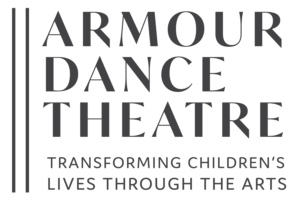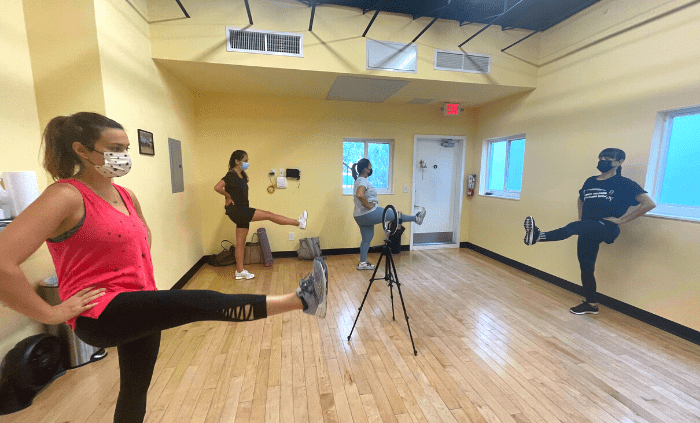Benefits Of Dancing At Any Age!
In the beginning dance was a social gathering, used in ceremonial activities, such as religious events, weddings, and festivals. It was around before written languages. Early human civilizations had ritual dances, which historians believe were essential in their development. Ritual dance later evolved into theatrical dance with countries all over the world producing works of art.
Dance is everywhere now and dancers are regarded as athletes. It is no surprise with the physical activity involved in dance that you would consider dancers as athletes. What you might not know are the effects of dancing on the brain. Maybe even more than the physical side, dance stimulates the brain like no other activity. Let us take a look at all the benefits dance has to offer.
Helps Reduce Stress
Exercising releases endorphins and that’s exactly what dancing does. Endorphins are a group of hormones within the brain and nervous system. They are called the “feel-good” chemicals because they act as a pain reliever and happiness booster.
Anti Aging
Dancing greatly reduces signs of aging in the brain! After reading how much dance helps your mind you can see its great effects on the brain. It also tightens your skin! You heard that right! Building muscle mass helps decrease the appearance of loose skin.
Increases Serotonin
Your body has other chemicals that make it happy. These chemicals are able to alleviate anxiety, prevent depression, trigger pleasure, bonding, and trust. One of these chemicals is serotonin, a mood stabilizer. Serotonin is essential for mood, digestion, sleep, brain function, and circadian rhythm.
Strengthens Long Term Memory
Dancing improves brain function by activating several brain functions including: cerebellum, the somatosensory cortex and the basal ganglia.
Used To Treat People With Parkinson’s Disease
Dance helps improve balance, provides social support, and stimulates cognitive functioning in people with Parkinson’s disease. Problems with Gait or balance are common among individuals with Parkinson’s and dance helps relieve these problems. There have been many studies showing that dance as a physical activity reduces the chances of someone developing Parkinson’s disease.
Lowers Risk Of Dementia and Alzheimer’s
Dancing may slow the shrinkage in the hippocampus, which is the part of the brain that deals with memory. Other factors such as diabetes, high cholesterol, and hypertension increase the risk of developing Alzheimer’s. Dance helps tackle those problems.
Reduces Risk Of Osteoporosis
Osteoporosis is a disease that weakens the bones most commonly in the hip, wrist, or spine. Bone is living tissue that is constantly being replaced. The best fight against osteoporosis is good nutrition and exercise. Dancing itself helps build bone mass. The more you dance, the stronger your bones!
Stimulates Your Brain
Dancing stimulates nerve growth factors, which are proteins important for maintaining sensory neuron health. It can boost the connectivity between both cerebral hemispheres.
Activates Sensory and Motor Circuits
When your sensory-motor system is working correctly you retain more information. The motor system drives the sensory stimulation and sensory stimulation drives the brain. This is critical to improve behavior and academic learning.
Improves Condition Of The Heart and Lungs
It is no surprise that dancing is good for your physical body. When you dance your heart rate increases to pump more oxygenated blood to the muscles you are using. The faster your heart beats, the more blood goes to your lungs to gather oxygen and transport it to your tissues. All this helps strengthen your heart and keep your muscles conditioned. Did you know that chronic respiratory disease is a leading cause in mortality and pulmonary rehabilitation includes dance?
Increases Strength and Endurance
Dancing regularly improves the body’s endurance. It allows the muscles to work harder for longer periods of time. It also raises the body’s heart rate to increase stamina.
Increases Flexibility
Flexibility increases only when you work on it regularly. By dancing on a weekly basis you are conditioning your body to become more flexible. When stretches become easier you are able to go farther into each stretch. This will eventually lengthen your muscles permanently leaving you more flexible than before!
Improves Balance
It is no surprise that dance improves balance. This is very important as we age. Many accidents that happen to elderly people are in their homes when they fall. By taking dance regularly you are always improving your balance.
Inclusive Social Activity
Everyone can dance! No matter what level you are at, there is dance class for you! Do you want to stretch and listen to soothing music, take a ballet class. Looking to stimulate all parts of your brain, take a tap class. Want to move your whole body while listening to new music, take a hip hop class. There are so many options out there you just have to give them a try!
References:
Jen Murphy, A Lifelong Fitness Fan Meets Her Match With Tap, September 29th 2019
Delirium, Dementia, and the Brain, Autumn 2019
Marilyn Friedman, Is Dancing the Kale of Exercise? April 30th 2019
Scott Edwards, Dancing and the Brain, Winter 2015
Helen Johnson, Can dance be used in the management of chronic lung disease?, Sep 11, 2021
John Krakauer, Why do we like to dance and move to the beat?, September 26th 2008
Joe Verghese, Leisure Activities and the Risk of Dementia in the Elderly, June 19th 2003



